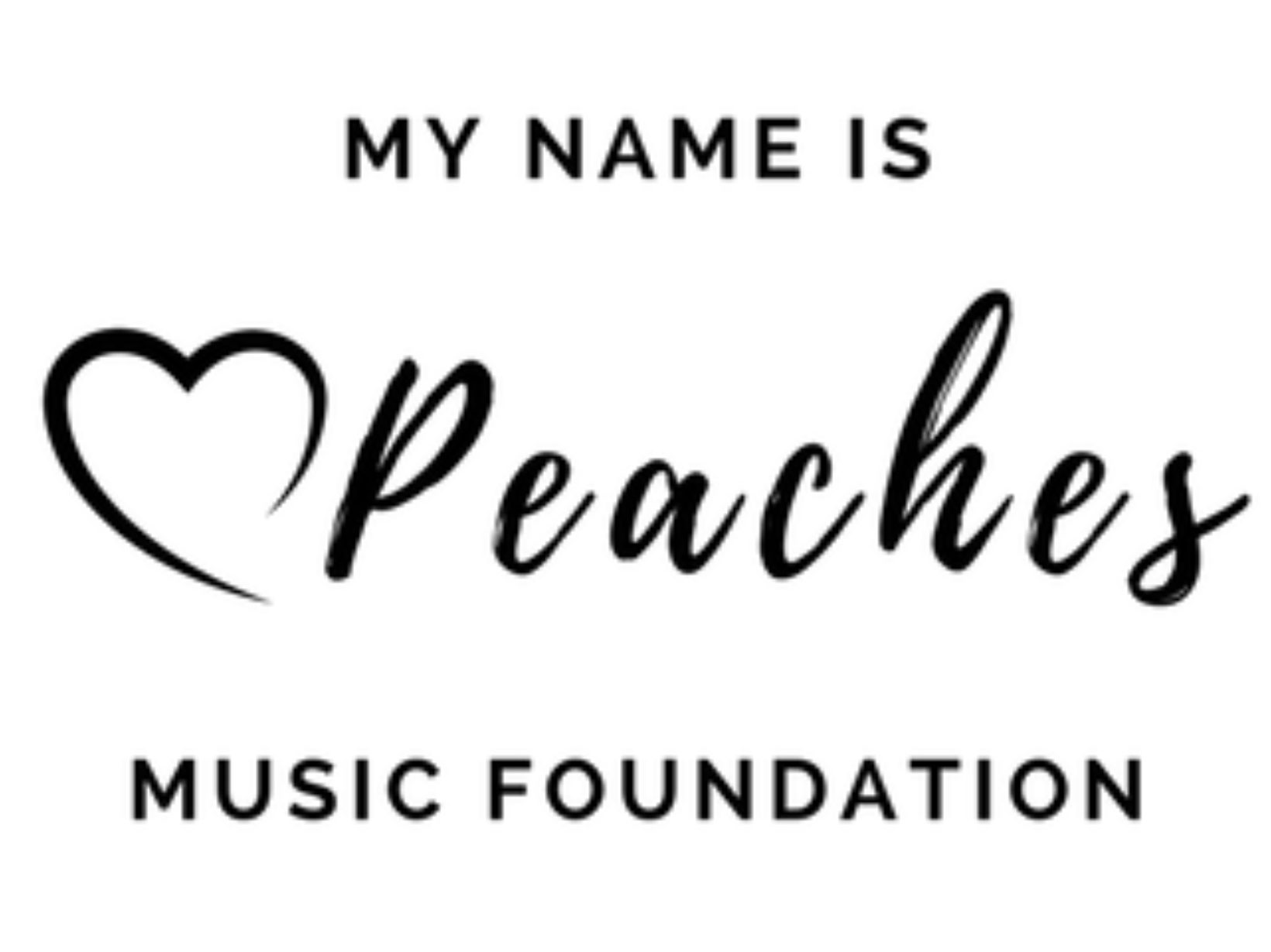Introduction:
Colors are more than just visual elements; they carry emotions and can express feelings in powerful ways. This quiz will help you uncover the emotional language of colors, an essential part of our innovative Watch Me ColorTM Songwriting Workshop for kids. Let’s get started!
Question 1: When you see the color Red, what emotion do you associate it with?
A. Love and Passion
B. Anger or Frustration
C. Energy and Excitement
D. All of the above
Question 2: Which color do you think represents Joy and Happiness?
A. Yellow
B. Blue
C. Green
D. Black
Question 3: What emotion does the color Blue typically convey?
A. Calmness and Serenity
B. Sadness or Melancholy
C. Trust and Dependability
D. All of the above
Question 4: Green is often associated with:
A. Envy or Jealousy
B. Growth and Harmony
C. Freshness and Vitality
D. Both B and C
Question 5: The color Purple can represent:
A. Luxury and Wealth
B. Creativity and Imagination
C. Mystery
D. All of the above
Question 6: Which color is often used to represent Peace and Tranquility?
A. Red
B. White
C. Orange
D. Brown
Question 7: Orange tends to evoke feelings of:
A. Excitement and Enthusiasm
B. Warmth and Comfort
C. Friendliness
D. All of the above
Question 8: How does the color Black make you feel?
A. Powerful and Sophisticated
B. Mysterious
C. Somber or Serious
D. All of the above
Results:
Mostly As: You have a strong grasp on the vibrant and passionate side of the color spectrum! In our Watch Me ColorTM Songwriting Workshop, kids learn to express these bold emotions through their music.
Mostly Bs: You’ve tapped into the calm, trustful, and sometimes melancholic side of colors. These emotions play a crucial role in creating expressive and meaningful songs.
Mostly Cs: Your answers reflect the energetic, warm, and friendly side of colors. These are great elements for creating uplifting and engaging songs.
Mostly Ds: You’ve recognized the versatile nature of colors in expressing a wide range of emotions. This understanding is a fantastic foundation for kids as they learn to express themselves through songwriting.
